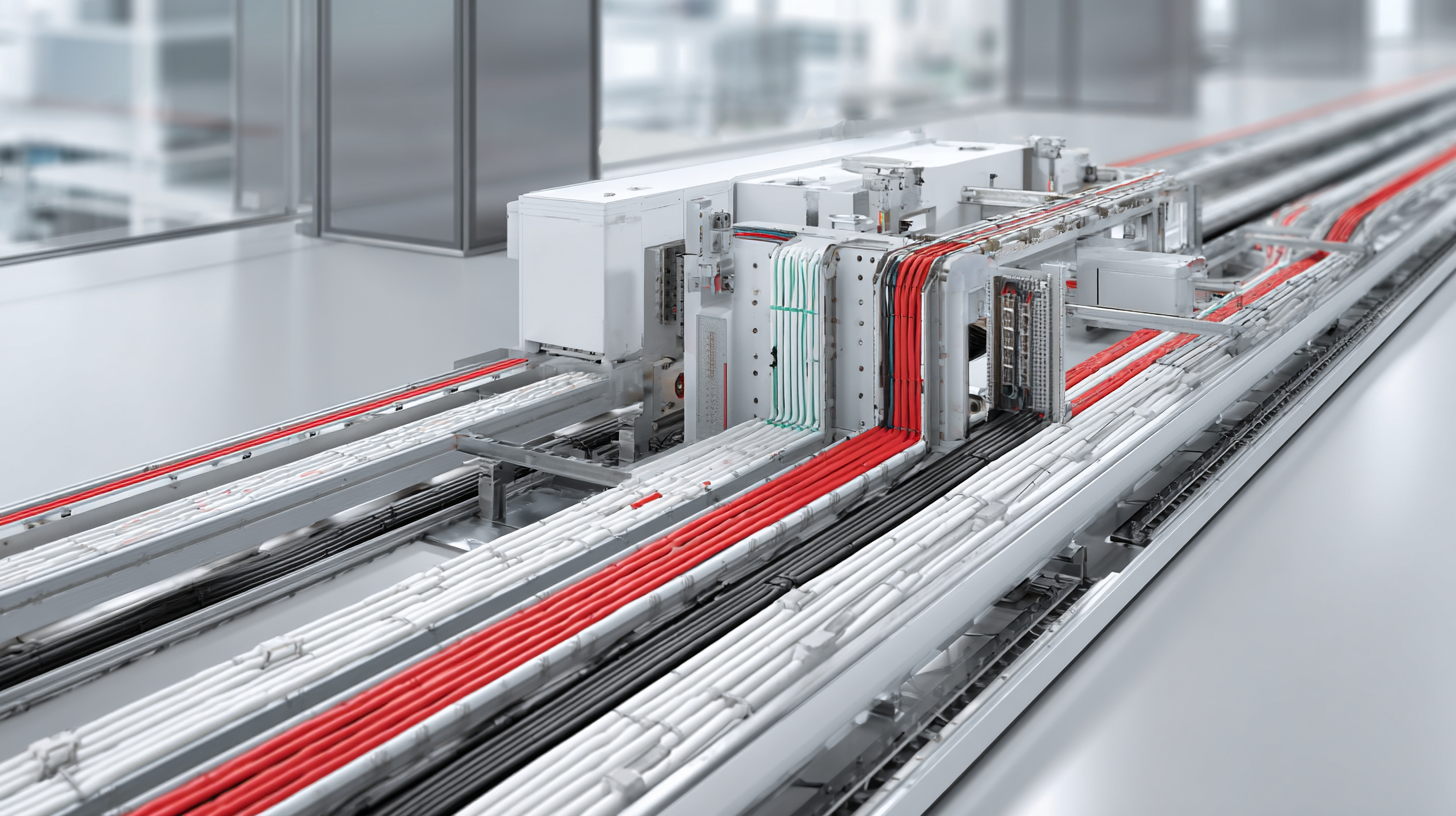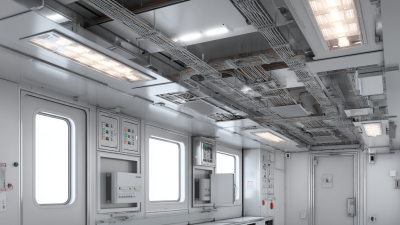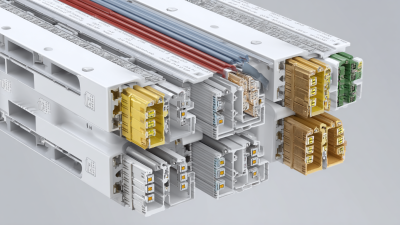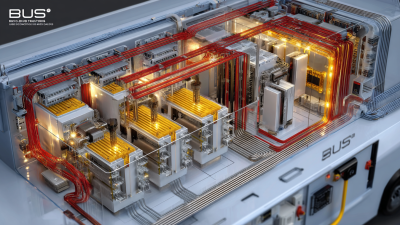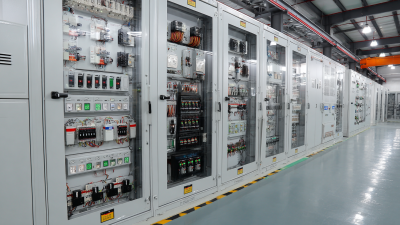Leave Your Message
-
Phone
-
E-mail
-
Whatsapp
-
Whatsapp


In the quest for energy efficiency within commercial buildings, Compact Busway systems have emerged as a game-changing solution that provides significant benefits. According to a recent report by the U.S. Department of Energy, energy costs can account for up to 30% of a commercial building's operating expenses, making the adoption of efficient electrical systems crucial for cost reduction. Compact Busway systems not only optimize the distribution of electrical power but also minimize energy losses through their innovative design. By transitioning to Compact Busway, businesses can enhance their energy efficiency by up to 20%, as indicated by studies from the Electric Power Research Institute (EPRI). Additionally, these systems facilitate easier upgrades and expansions, aligning with the growing trend of adaptability in building design. As energy-efficient practices continue to shape the industry, understanding the key benefits of Compact Busway systems will empower commercial property owners to make informed decisions and contribute to sustainable energy goals.
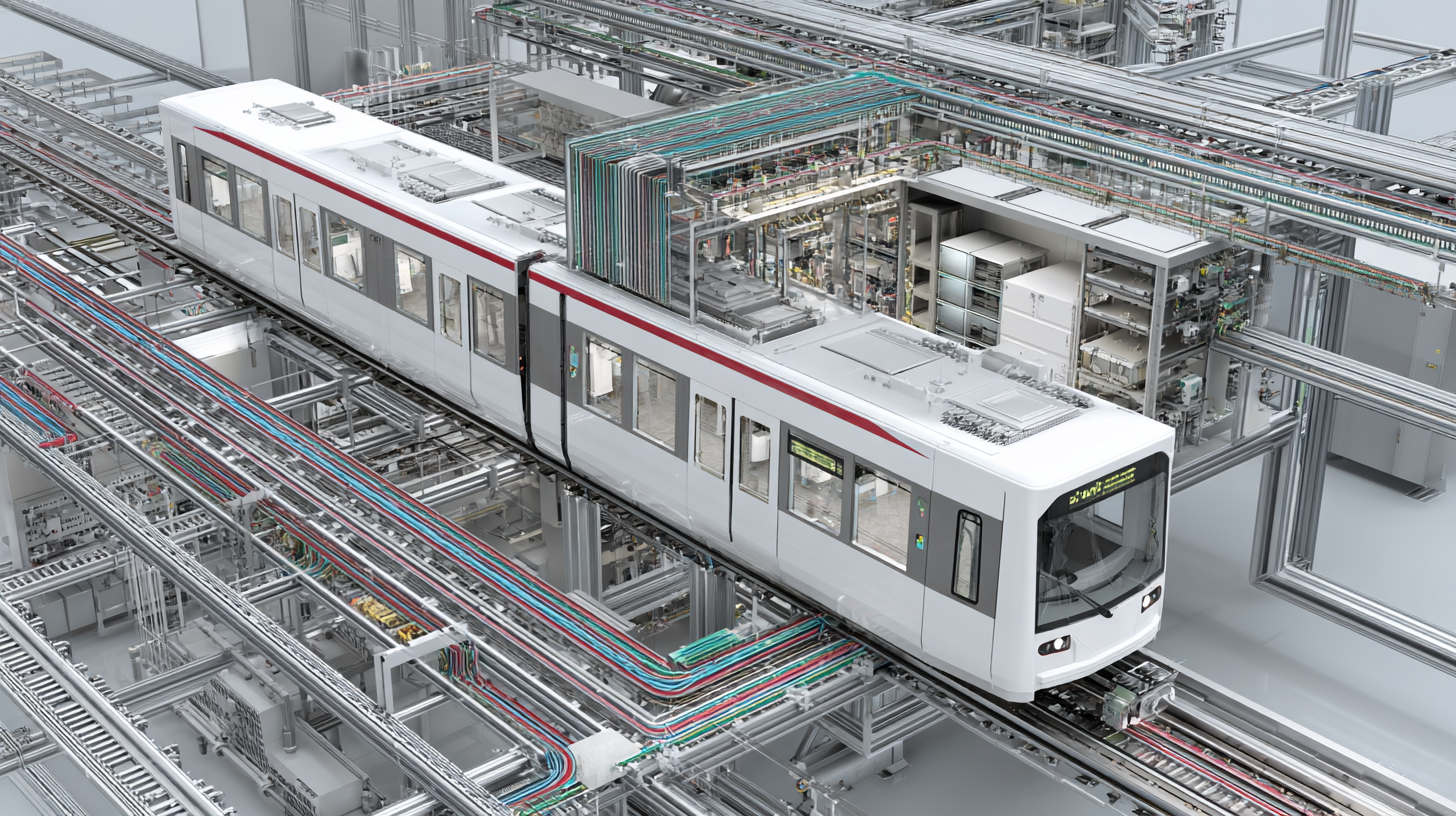
Compact busway systems are innovative electrical distribution solutions specifically designed for commercial buildings, emphasizing energy efficiency and space conservation. These systems utilize a compact design with a combination of insulated conductors and versatile enclosures, which allows for easier installation and maintenance compared to traditional wire and cable systems. The streamlined architecture reduces energy loss through improved heat dissipation and enables higher load capacity within a smaller footprint, making them ideal for high-density environments.
The design principles of compact busway systems focus on optimizing performance while minimizing material waste. Their modular nature allows for flexible configurations, enabling facilities to adapt to changing energy needs without extensive rewiring. Additionally, busways are typically constructed from durable materials that enhance longevity and reduce operational costs over time. By integrating these systems, commercial buildings can experience both immediate benefits, such as lower energy consumption, and long-term sustainability advantages, contributing to a greener built environment.
The rise of compact busway systems in commercial buildings unveils several energy efficiency advantages that can significantly impact operational costs. These systems are designed to integrate seamlessly into existing infrastructures, providing a streamlined pathway for electrical distribution. By minimizing energy losses that typically occur in traditional wiring methods, compact busways ensure that more power reaches its destination without waste. This not only enhances overall energy efficiency but also contributes to a more sustainable building environment.
**Tip:** When considering the installation of a busway system, assess your building's layout carefully. A well-planned design can maximize the effectiveness of the system, improving both performance and energy savings.
Furthermore, compact busways offer flexibility and scalability, making them ideal for dynamic commercial spaces. As business needs evolve, these systems can be easily reconfigured or expanded without significant disruption. This adaptability leads to better energy management, as businesses can efficiently adjust their energy use in response to changing requirements, further enhancing their sustainability efforts.
**Tip:** Regularly evaluate your energy consumption patterns to identify areas where adjustments can be made. This proactive approach can help you capitalize on the inherent advantages of compact busway systems effectively.
| Benefit | Description | Impact on Energy Efficiency |
|---|---|---|
| Space Optimization | Compact busway systems occupy less space compared to traditional wiring methods. | Maximizes usable space within commercial buildings, potentially reducing heating and cooling costs. |
| Reduced Energy Loss | Lower resistance in busway systems compared to conventional cables. | Minimizes energy loss, leading to lower electricity bills. |
| Modular Design | Flexible and modular configurations suitable for various building layouts. | Facilitates efficient energy distribution and easier upgrades or expansions. |
| Improved Cooling Efficiency | Enhanced airflow management around electrical components. | Reduces the need for additional cooling systems, saving energy. |
| Lower Maintenance Costs | Fewer components to maintain and monitor. | Decreases overall expenditures related to energy infrastructure upkeep. |
Integrating compact busway systems into existing infrastructure presents a significant opportunity for enhancing energy efficiency in commercial buildings. These systems, which are a modern approach to power distribution, optimize space and reduce energy losses, contributing to sustainability goals. By utilizing compact busways, facilities can minimize the amount of copper material required, as these systems are engineered to support high currents while maintaining lower resistance. According to recent studies, implementing such solutions can lead to energy savings of up to 15% compared to traditional power distribution methods.
Additionally, compact busways easily integrate with existing electrical frameworks, enabling a seamless transition for buildings aiming to improve their energy efficiency without extensive renovations. The modular design allows for straightforward expansions and adjustments, making it a flexible choice for evolving energy demands. Moreover, with the pressing need for urban mobility solutions, integrating these systems can complement initiatives such as Bus Rapid Transit systems, paving the way for enhanced infrastructure connectivity.
Tips: When considering upgrades, evaluate the existing electrical load and future needs, ensuring your compact busway systems are appropriately sized. Regularly assess the integration process to identify potential conflicts with legacy systems early on, which could save time and resources in the long run.
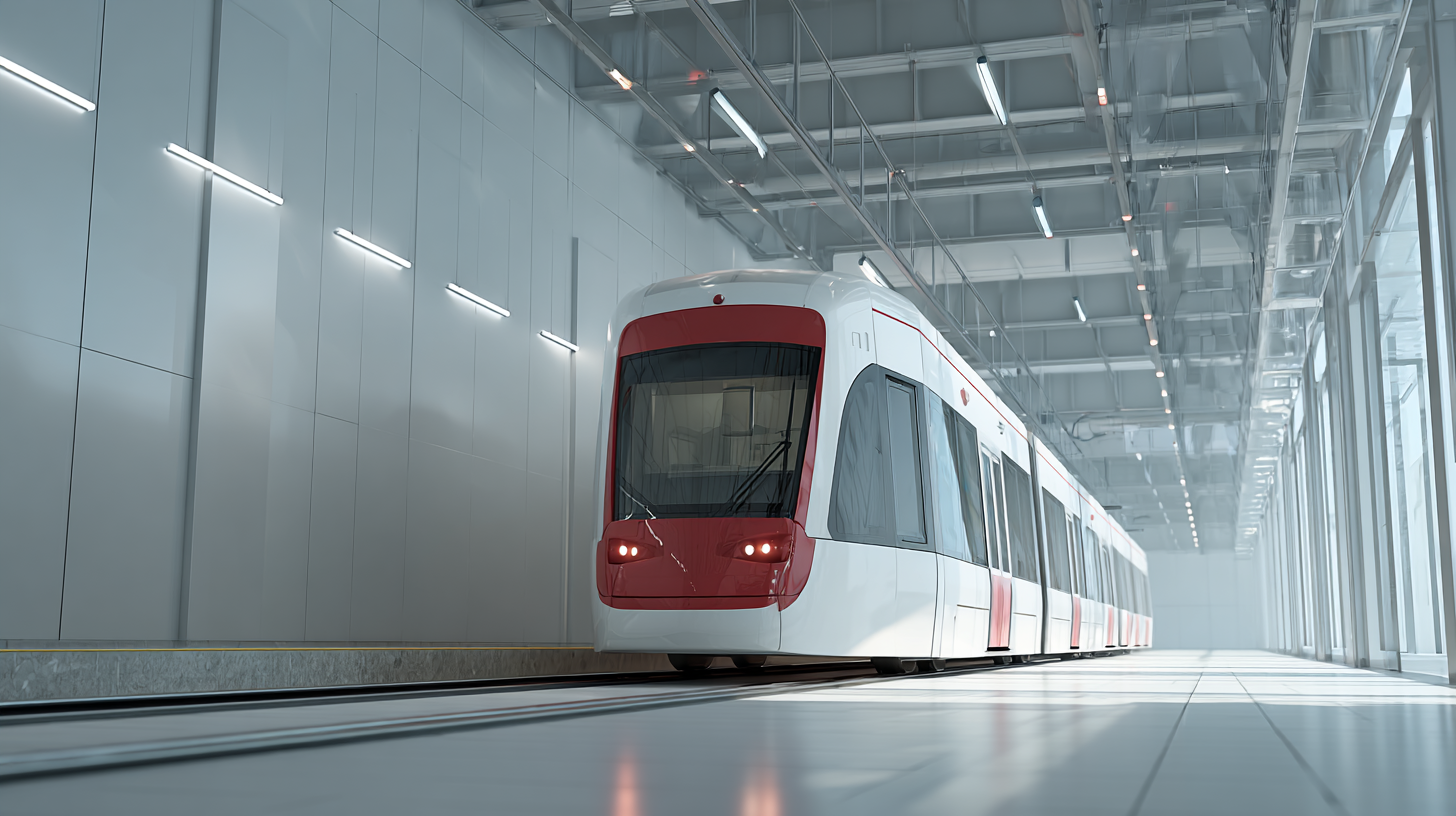 The integration of compact busway systems in commercial buildings presents significant advantages in energy efficiency, especially when considering their long-term economic impact.
According to a report by the International Energy Agency (IEA), modern electrical systems can improve energy efficiency by up to 30% when utilizing advanced distribution technologies like busways. This improvement not only minimizes energy consumption but also contributes to a substantial reduction in operational costs over the lifespan of the building.
The integration of compact busway systems in commercial buildings presents significant advantages in energy efficiency, especially when considering their long-term economic impact.
According to a report by the International Energy Agency (IEA), modern electrical systems can improve energy efficiency by up to 30% when utilizing advanced distribution technologies like busways. This improvement not only minimizes energy consumption but also contributes to a substantial reduction in operational costs over the lifespan of the building.
A cost-benefit analysis conducted by the Electrical Power Research Institute (EPRI) highlights that while the initial investment in compact busway systems may be higher than traditional wiring methods, the long-term savings on energy bills and maintenance costs can offset these expenses within just a few years. The analysis indicates that businesses can save approximately 15% on energy costs annually by switching to these systems, translating to significant savings over time, especially in large commercial facilities that demand high energy usage. With the push towards sustainable building practices, these financial and operational benefits make compact busway systems an attractive choice for energy efficiency in the commercial sector.
Implementing compact busway systems in commercial buildings requires careful planning and execution to maximize their energy-saving potential. The initial step involves assessing the specific energy needs of the building and determining the appropriate busway configuration. Choosing the right materials and design not only enhances energy efficiency but also facilitates easier integration with existing electrical infrastructure. Attention to detail during installation is crucial to ensure that all components are correctly aligned and securely connected, minimizing energy losses.
Maintaining compact busway systems is equally important for optimal performance. Regular inspections and cleaning of the busway system help identify any potential issues early on, reducing the risk of downtime. Additionally, keeping an eye on connection integrity and thermal performance will ensure that the system operates at peak efficiency. Implementing a proactive maintenance schedule enables building managers to anticipate problems and make necessary adjustments, further enhancing the system's reliability and lifespan. By focusing on both implementation and maintenance, commercial buildings can achieve significant energy efficiency improvements through compact busway systems.
